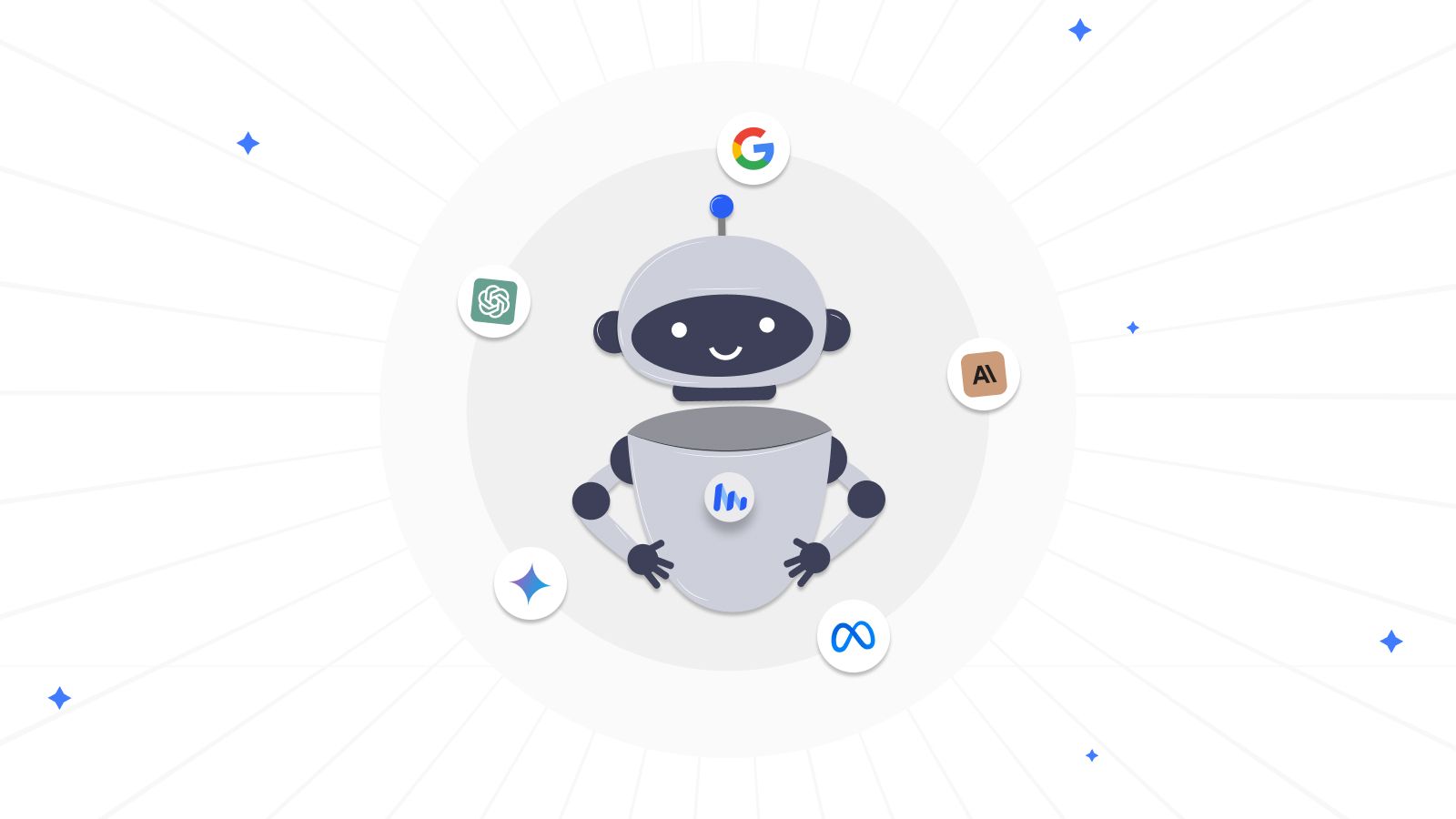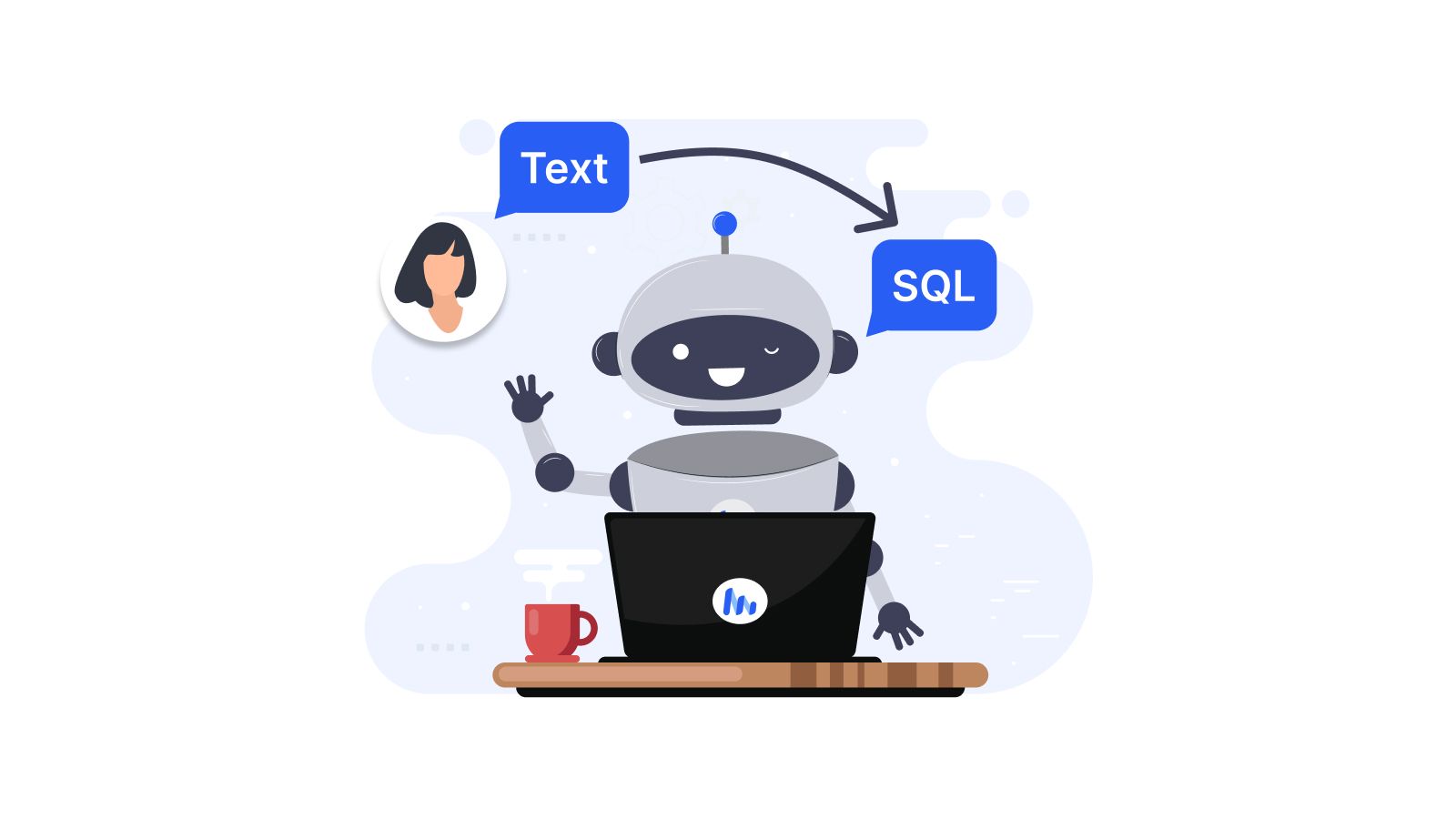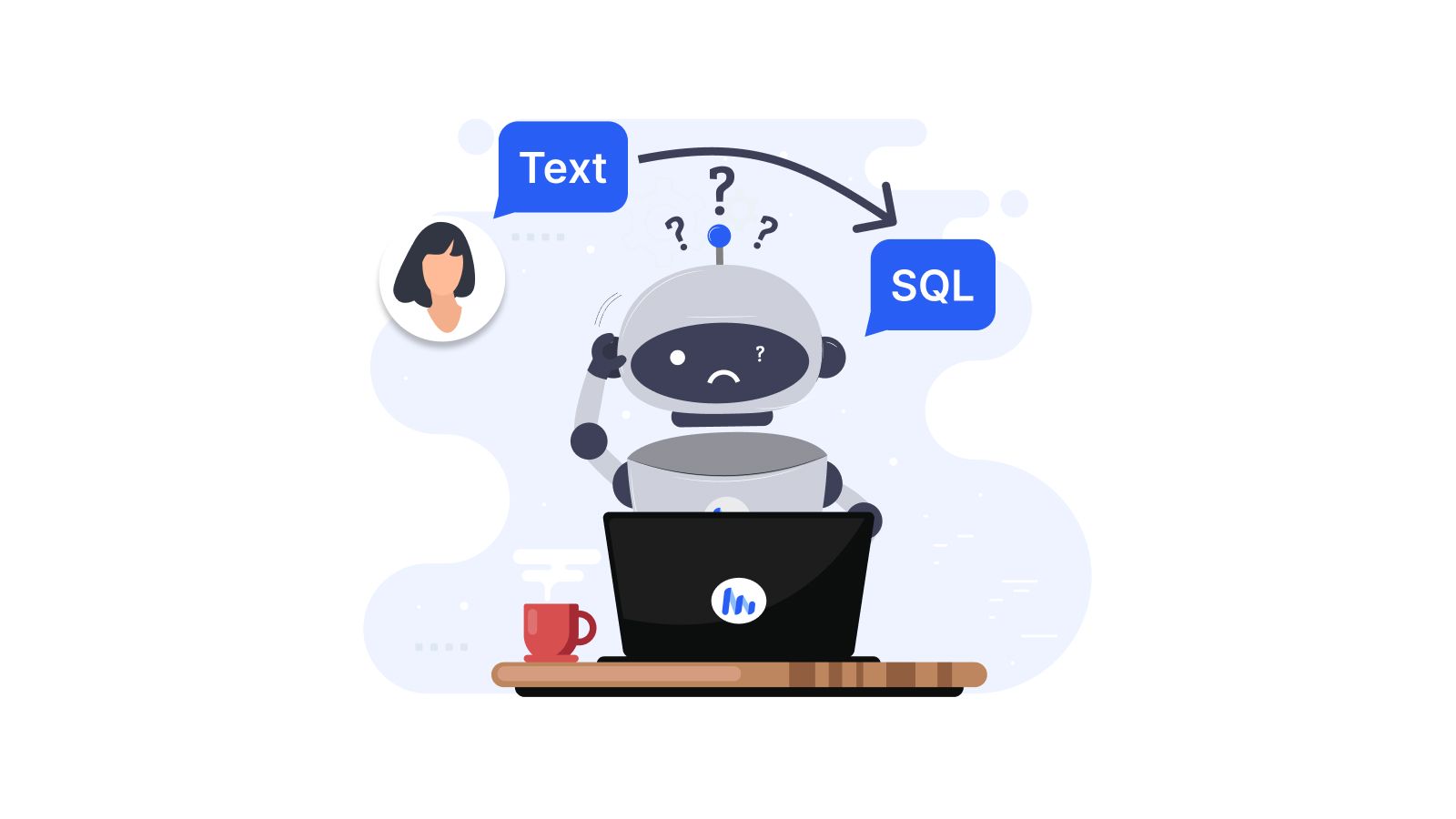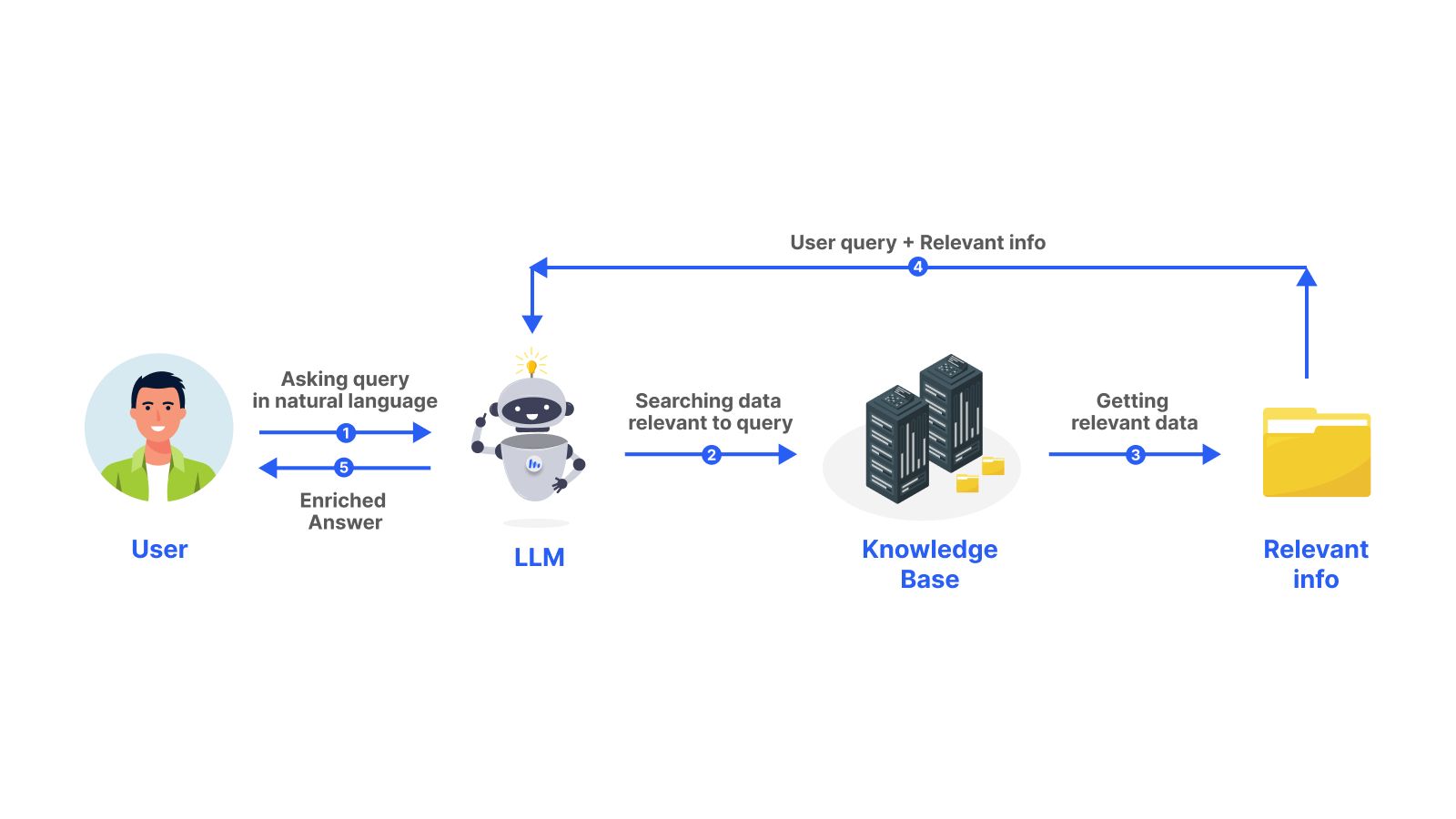Language Models: The Future of AI in Communication and Innovation
Explore the comprehensive world of language models, their capabilities, applications, and advantages. Learn how the latest models like GPT-4 and Llama-2 are transforming AI-driven communication, content creation, and natural language processing.


Rupesh Raj
2024-12-09
Language models are a type of artificial intelligence that has been gaining popularity in recent years. They are designed to understand and generate human language and have a wide range of applications in natural language processing (NLP). This blog will provide a comprehensive guide to large language models, including what they are, what they can do and some of the most popular models available today.
What is a Language Model?
A language model is a statistical tool that uses probability distributions to predict the likelihood of a sequence of words. It is a type of artificial intelligence (AI) that is trained on a massive amount of text data to learn the patterns and probabilities of how words are used together. This allows language models to generate human-like text, translate languages and answer questions in an informative way.
What can a Language Model do?
Language models, powered by artificial intelligence and trained on vast amounts of text data, have emerged as transformative tools capable of understanding, generating and translating human language in remarkable ways.
Understanding Language
Language models possess an impressive ability to comprehend the nuances of language, delving into the deeper meaning of words, phrases and sentences. They can analyze contextual cues, identify relationships between words and grasp the underlying sentiment of text.
Generating Language
Language models are not merely passive interpreters of language; they are also creative generators, capable of producing human-quality text in various formats. Their ability to synthesize information, understand the context and mimic human writing styles makes them valuable tools.
Sentiment Analysis
Language models possess an uncanny ability to analyze the emotional tone of the text, identifying sentiments ranging from happiness and joy to sadness and anger. They employ sophisticated algorithms to detect patterns and linguistic cues that reveal the underlying emotions conveyed by the text.
Latest Large Language Models
There are many large language models available today, each with its strengths and weaknesses. Here are some of the most recent models:
GPT-4
GPT-4 is the latest and most advanced language model in the GPT series by OpenAI. It is released in 2023. It is a significant improvement over its predecessor, GPT-3, with increased accuracy, precision and the ability to generate images.
Grok-1
Grok-1 is a large language model (LLM) developed by xAI, an AI research company. It is a 33 billion parameter Transformer-based LLM that was released in November 2023. Grok-1 is designed to be a versatile tool for a variety of natural language processing (NLP) tasks.
Llama-2
LLaMA-2 is a family of large language models (LLMs) developed by Meta AI. It is the successor to the original LLaMA model, released in 2022. LLaMA-2 was released in July 2023 and represents a significant improvement over its predecessor.
Claude-2
Claude 2 is a large language model (LLM) developed by Anthropic, an AI research company. It is the successor to Claude v1 and it was released in 2023. Claude 2 is designed to be reliable, interpretable and steerable and it is trained on a massive dataset of text and code.
PaLM-2
PaLM-2 is a second-generation large language model (LLM) developed by Google AI. It is the successor to PaLM, which was released in 2021. PaLM-2 was introduced in May 2023 and builds upon the strengths of its predecessor, while also introducing significant improvements in several key areas.
Here is a table of comparison of the latest open source large language models:

Advantages of Large Language Models
Large language models' (LLMs) remarkable ability to process and generate human language has opened up a world of possibilities, transforming various industries and redefining the way we interact with machines. Here are some advantages of large language models:
Advanced Natural Language Understanding (NLU) and Generation (NLG)
LLMs possess an unparalleled ability to comprehend and generate human language, far surpassing the capabilities of traditional language models. Their deep learning algorithms, trained on massive datasets of text and code, enable them to grasp the nuances of language, including contextual cues, word relationships and semantic meaning.
Automation of Language-Related Tasks
LLMs have the potential to automate a wide range of language-related tasks, streamlining processes and enhancing productivity. Their ability to process and understand language enables them to automate tasks.
Personalized AI Applications
LLMs hold immense potential for developing personalized AI applications that adapt to individual preferences and needs. Their ability to understand and generate language tailored to specific users enables them to power applications.
Use Cases for Large Language Models
Large language models (LLMs) are revolutionising the way we interact with technology, offering a plethora of use cases that are transforming industries and enhancing our daily lives. Their ability to process and generate human language with remarkable accuracy has opened up a world of possibilities, enabling us to automate tasks, access information more efficiently and personalize our experiences. These models have a wide range of use cases, including content creation, content improvement, synthetic data generation and natural language processing.
In conclusion, Large language models stand as a testament to the remarkable advancements in artificial intelligence. Their ability to comprehend and generate human language holds immense potential for transforming communication, creativity and innovation across various sectors.
Related posts
Looking for a marketing purpose analytics tool?
Click HereNewsletter
Website owned by : KAIROS LABS PRIVATE LIMITED, Tonk Phatak Jaipur - 302015, Rajasthan
All Rights Reserved
Email : Support@llmate.ai




